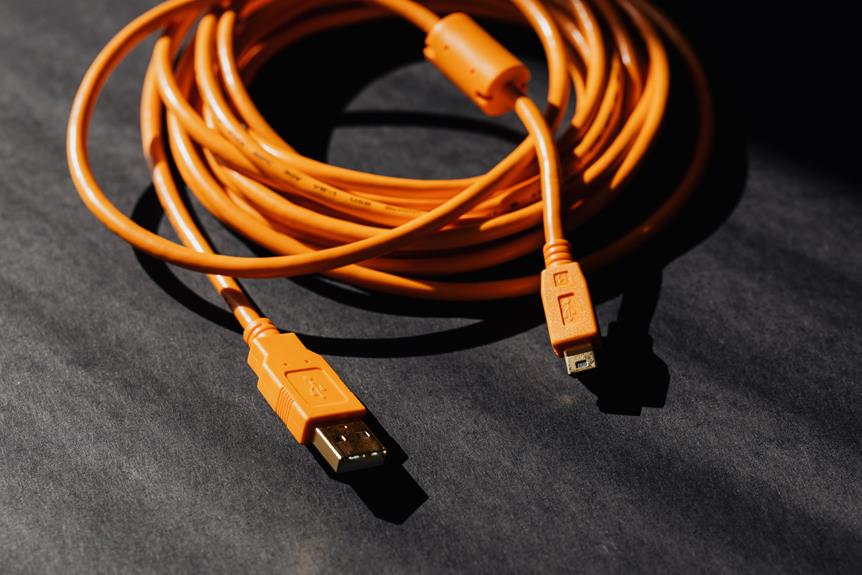Hey there! Looking to boost your website's visibility and improve your rankings on Google? Well, guess what? I've got the perfect solution for you: internal links!
In this article, I'll show you how you can unleash the power of internal links and take your SEO strategies to the next level.
We'll dive into best practices, the importance of dofollow links and indexing, and how to avoid common pitfalls.
So, let's get started and propel your website to new heights!
Key Takeaways
- Internal links are crucial for higher rankings in Google.
- Use keyword-rich anchor text in internal links.
- Internal links help Google find, index, and understand all the pages on your site.
- Avoid using automation tools for internal linking and focus on creating a strategic site architecture.
The Importance of Internal Links
Using internal links is essential for improving website rankings and user experience. Internal links are hyperlinks that point to pages on the same domain. They help Google find, index, and understand all the pages on your site, which is crucial for higher rankings.
By using strategic internal linking, you can send page authority to important pages, boosting their visibility. To achieve this, it's important to use keyword-rich anchor text in your internal links and avoid using the same anchor text for different pages.
Auditing your internal links with the Google Search Console can also help ensure their effectiveness. Additionally, placing links high up on your page improves user engagement and SEO.
Best Practices for Internal Linking
How can I optimize internal linking for maximum impact on my website's rankings and user experience?
When it comes to internal linking, there are a few best practices that can help you achieve your goals.
First, make sure to use keyword-rich anchor text in your internal links. This helps search engines understand the relevance of the linked pages.
Second, prioritize linking to important pages on your site to send link authority to them.
Third, avoid using the same anchor text for different pages to avoid confusion.
It's also a good idea to regularly audit your internal links using tools like the Google Search Console.
Finally, consider placing your internal links high up on your page to improve user engagement and SEO.
Maximizing Indexing and Crawling With Internal Links
To maximize indexing and crawling with internal links, I focus on strategically placing and optimizing anchor text throughout my website. By using keyword-rich anchor text, I ensure that search engines understand the relevance and context of the linked pages. This allows them to crawl and index my website more efficiently.
I also make sure to link to important pages, such as my homepage or cornerstone content, to send link authority and improve their visibility in search results.
Additionally, I pay attention to the placement of my internal links, ensuring that they're high up on the page to improve user engagement and search engine optimization.
Enhancing Site Architecture With Internal Links
To further optimize my website's structure, I strategically incorporate internal links to enhance the site's architecture. By linking relevant pages together, I create a cohesive and organized navigation system that allows users to easily find related content.
This not only improves the user experience but also helps search engines like Google understand the hierarchy and importance of my pages. I categorize my pages and link them accordingly, creating a logical flow within my site.
I also ensure that my internal links use keyword-rich anchor text, helping both users and search engines understand the content of each linked page.
Leveraging Internal Links for SEO Audits
I leverage internal links in my SEO audits to optimize my website's performance. By conducting a thorough analysis of my internal links, I can identify any issues or areas for improvement that may be hindering my site's SEO.
This involves examining the anchor text used in the links, ensuring that it's relevant and keyword-rich. Additionally, I assess the placement of the links on my pages to enhance user engagement and improve SEO.
By strategically linking to important pages within my site, I can effectively distribute link authority and improve the visibility of these pages in search engine rankings.
I also utilize tools like the Google Search Console to audit and monitor my internal links, ensuring that they're working effectively and contributing to the overall success of my website.
Conclusion
In conclusion, internal links are a powerful tool that can greatly benefit your website's visibility and rankings. By strategically using internal links, you can improve SEO, enhance user experience, and make it easier for search engines to navigate your site.
Don't underestimate the impact of internal links on your website's success. Start implementing these best practices and unleash the full potential of internal links to take your website to new heights.
